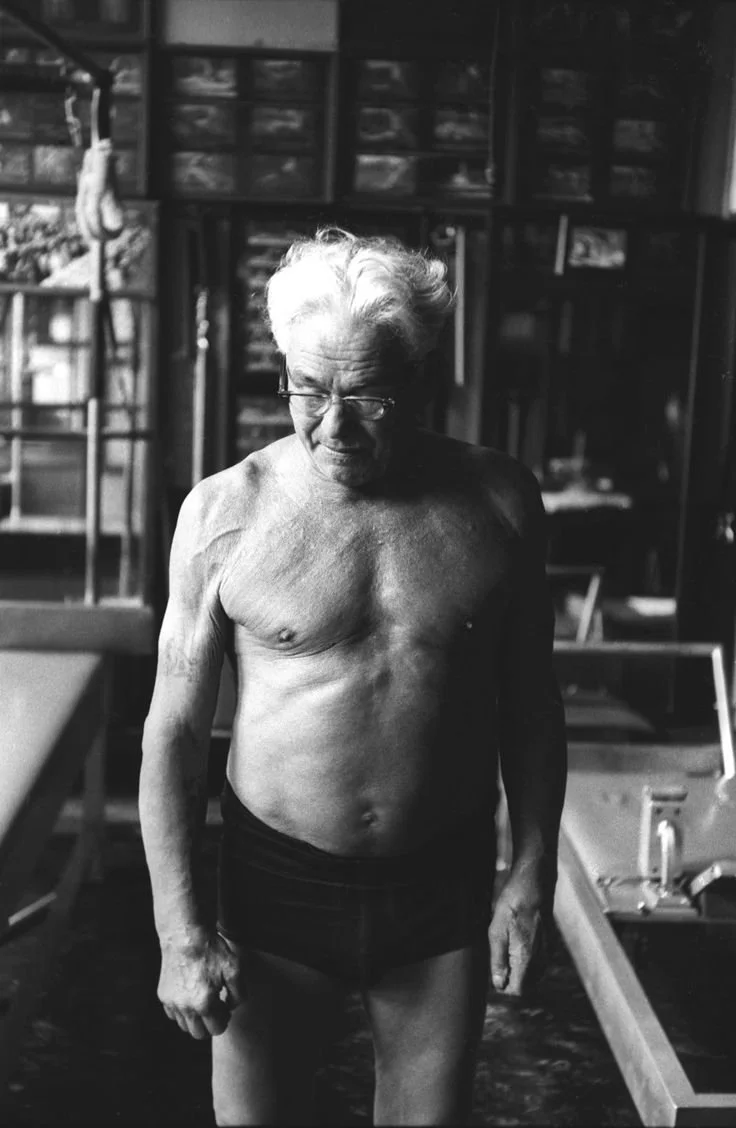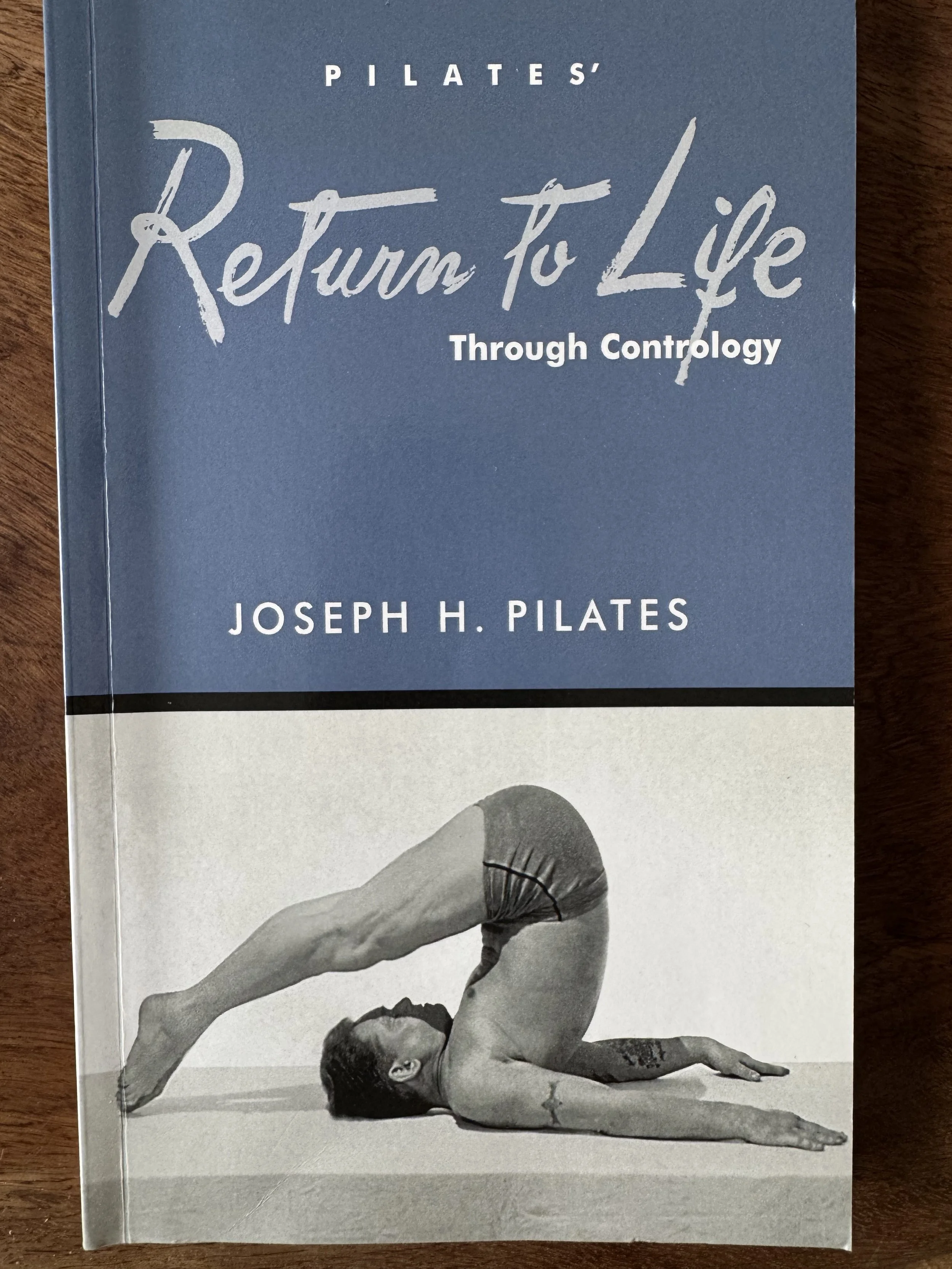What is Pilates?
The Pilates method we know today was created by Joseph Hubertus Pilates. Born in Germany in 1883, Joseph was quite sickly as a child, suffering from asthma, rickets, and rheumatic fever. This early struggle ignited a lifelong passion for physical fitness and a deep determination to strengthen his own body. He immersed himself in various disciplines, including gymnastics, bodybuilding, boxing, martial arts and yoga.
His journey to developing "Contrology" (as he originally called his method) truly began during World War I. While interned as a German national in England, he used his time to refine his exercise system, even innovating by attaching bed springs to hospital beds to help rehabilitate injured and bedridden fellow internees. These ingenious contraptions were the precursors to the Pilates apparatus we use today, like the Reformer.
After the war, Joseph emigrated to the United States in the 1920s, where he and his wife Clara opened their first studio in New York City. Their unique approach to mind-body fitness quickly gained a devoted following, particularly among the city's vibrant dance community. Dancers like Martha Graham and George Balanchine became fervent advocates, recognizing how Pilates improved their performance, prevented injuries, and aided in rehabilitation. While it is true that Joseph and his wife, Clara trained many famous people, including actors and dancers, most of their clients were average workers simply seeking relief from the wear and tear of daily life.
Joseph Pilates believed that his method, "Contrology," was about using the mind to control the muscles, focusing on core strength, precise movements, and intentional breathing. He continued to teach and refine his work until his death in 1967. Though he passed away, his revolutionary method was carried on by his dedicated students, who ensured his legacy continued to grow.
Today, Pilates is practiced worldwide, a testament to Joseph Pilates' enduring vision for a healthy, balanced body and mind for all ages and abilities.
“Our interpretation of physical fitness is the attainment and maintenance of a uniformly developed body with a sound mind fully capable of naturally, easily, and satisfactorily performing our many and varied daily tasks with spontaneous zest and pleasure.” -Joseph Pilates


